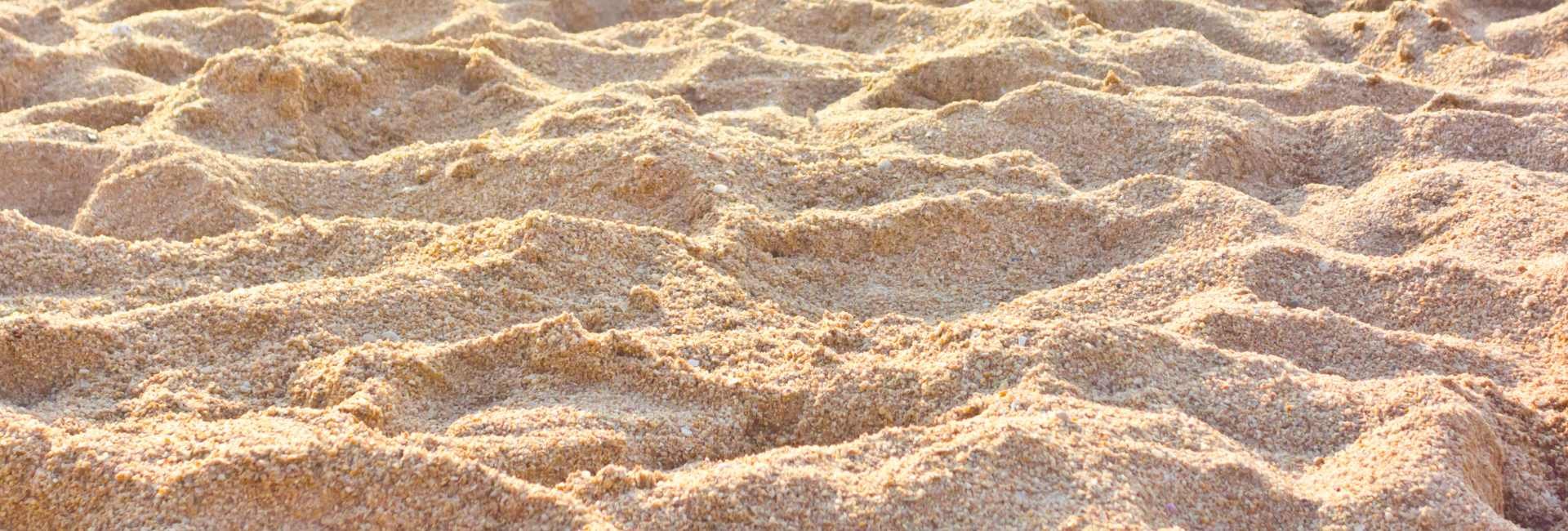Mineral sands mining for a renewable future
Mining

Mining
Mineral sands could be the way forward for a more renewable future. Deposits are being increasingly prized for their valuable materials, and ability supply the development of the renewable technology.
Mineral sands are a type of heavy mineral deposit commonly found along shorelines and in beach dunes. Mineral sands contain heavy minerals like rutile, ilmenite, zircon and monazite, which are useful in renewable energy technology. The minerals in these sands are resistant to weathering and erosion, allowing them to accumulate over time. They are mined through dredging or open-pit methods and processed to extract the useful minerals.

These minerals originate in crystals that grow in rocks. The weather erodes these rocks over millions of years and rain and fast-flowing streams wash the mineral-rich sediment into the sea. Waves then dump the sediment onto beaches, but drag back the sediment’s lighter minerals. The heavy minerals, which are then concentrated, remain.
If any light minerals do happen to make it to the beach, the wind often blows them away (further concentrating the hard mineral deposits). This process occurs over millions of years, during which time deposits grow and can take up many kilometres of beachline.
But the process doesn’t end there. Because sea levels rise and fall over time and shorelines move, sand deposits can end up either buried in more sand or eroding and being redeposited elsewhere. Hence, deposits are found inland and deep underground.

About one fifth of the world's rare earth element supply is found in Australia, which also has the world's largest zirconium and titanium-rich rutile deposits, and the world's second-largest deposits of titanium-rich ilmenite. But Australia’s critical mineral production can’t compete with China’s, the dominant producer and processor.
Both wet and dry methods can be used to mine mineral sands deposits. Wet mining involves dredging deposits that lie under the surface of ponds, whereas dry mining uses traditional equipment like scrapers and excavators. Despite the method, after the deposit has been mined, the overburden (the topsoil, subsoil, or clay on top of deposits) is removed and processed to obtain any high-value heavy minerals it may have contained. The overburden material is eventually replaced and the land reclamation process begins.

Australia has some of the world’s largest reserves of minerals which are critical for renewable energy technology. Ilmenite is a fundamental component in solar panels and wind turbines, and at 150 million tonnes Australia’s ilmenite reserves are the second largest in the world (19% of the global total).
The federal government is offering billions of dollars to invest in critical mineral mining and processing as the nation seeks to become more renewable. Recently, mining company VHM claimed to have discovered potentially one of the largest rare earth deposits in the world in a small town in northern Victoria, with plans to mine the area and establish a rare earth processing plant.
The Albanese Government, in collaboration with state governments, is also investing in two critical minerals projects in Queensland and South Australia. They will provide $400 million in loans to Alpha HPA for a high-purity alumina processing facility in Queensland, creating hundreds of jobs. More, $185 million has been conditionally approved for Renascor Resources to expedite Stage One of its Siviour Graphite Project in South Australia. These projects aim to strengthen Australia's critical minerals industry, supplying materials for LED lighting, semiconductors, lithium-ion batteries and other renewable technologies.
Australia has also partnered with the United States, signing a compact to build a clean energy supply chain outside of China. The two countries will work in tandem to expand their excavation and processing capacities, and are also establishing the Australia-United States Clean Energy Industry Council to provide expert advice to government.
In a recent ABC report, Professor Mavrogenes from Australian National University states that Australia should focus on developing her mineral processing capacity instead of relying on overseas processing. "If we want to cash in on more of the supply chain, we're going to have to get more technical, and we're going to have to extract them and do something with them," the professor said.
Mineral sands are important for the development of renewable energy technologies, including batteries, magnets, aerospace, defence technologies and health care. Rare Earth Elements (REEs) extracted from mineral sands, such as neodymium and dysprosium, are used in high-performance permanent magnets, which themselves play an important role in wind turbines and EV motors. Mineral sands also contain titanium dioxide, which is vital in solar panel production, enhancing the ability of panels to absorb sunlight. Mineral sands also supply lithium and cobalt for batteries.
Brunel's mining industry experts can support you to successfully identify, attract and deliver skilled blue and white-collar personnel and solutions matched to your business’ unique requirements. Whatever complexities you face, Brunel is here to simplify them.